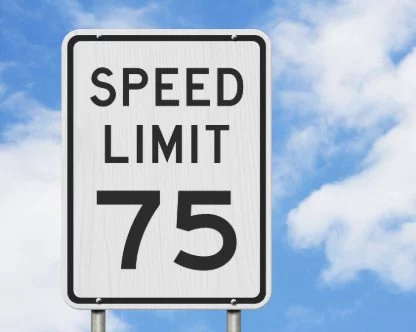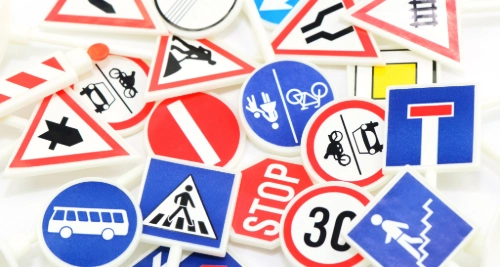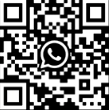
1. Reading Every Sign and Managing Speed: The Key to ICBC Test Success
If you think driving is just about steering and stopping, think again. On your ICBC driving test, one of the biggest indicators of your readiness is how well you read signs and manage your speed. Why? Because the road speaks to you through signs—and ignoring them can cost you both safety and points. Important to note here when I ask drivers to read all the signs and lines on the road most all of them tell me they typically only pay attention to half of them! WHAT? What do you think the half you do not read are telling you?
Every sign you pass is part of your awareness, both near and far. A speed limit sign isn’t just a number; it’s a rule that helps you keep risk low. The ICBC examiner will watch closely to see if you adjust to changing limits, like slowing to 30 km/h in school zones, sticking to 50 km/h in urban areas, or cruising responsibly at 80 km/h on highways.
Missing a sign isn’t just a minor mistake—it can throw off your whole driving rhythm. Let’s say you’re driving in a 30 km/h zone and accidentally go 50. That shows the examiner you’re not fully reading the environment. Same goes for highways. If the limit says 80 but you’re stuck at 60, you’re not keeping up with the flow.
The trick is to scan your environment constantly. Signs are part of the “100% KNOWING .” On your test day, make it your mission to catch every sign and keep your speed on point.

2. Core Beliefs like Smooth and Speed Control are Non-Negotiable on the ICBC Test
Often clients who have failed a test come to me for help. They failed previously because of the speed limts. As I watched them drive I started to notice that they were extra careful and precise with every move they made trying very
hard to present the idea of what they thought the testers wanted. Most would comment about how good they were as a driver because they were able to drive so ‘smooth.’ Smooth I ask. What about being legal?
But smooth comes with a price. And smooth also comes from very experienced drivers as being the ultimate and best practise hence the reward that yes you are a smooth, therefore a good driver. But sadly you failed the test. WHY?
Failure comes from breaking the laws. And one of the most important laws, if not the absolute most important one, which is listed as the top cause of all car crashes, is speed. Yes speed is the top issue to pay attention to, not only for a driving test but also for the rest of your life. So this is where the idea that the ultmate concept to good driving ‘SMOOTH’ gets in the way of what should be your top -of-mind concern, which is the management of proper speeds according to the environment , situation and most importantly – according to the black and white posted law signs showing maximum speed limits.
80, 70, 50, 40, 30 ,20 are the core speed maximums. Do you know where each of these apply?
But the greater challenge for many drivers who have worshiped the world of ‘smooth’ is the challenge presented in the transition between the posted speeds.

3. The Power of Reading Signs and Speed Control for ICBC Success
On your ICBC driving test, missing a speed sign or failing to adjust properly can undo even your best driving moments. But when you’re sharp about reading signs and managing speed, you’re sending a clear message: you’ve got this. So
ask yourself when you see a 50 sign or a 30 sign ahead of you, when exactly is the new speed in effect? When you see the sign? Or when you pass the sign? Best find this answer now before your test day.
:The transitions of moving from a 30 into a 50, or from a 50 back into a 30 are very important. After mastering the reading of all the signs, are you now able to put in place the transition of the legal laws. Questions that should arise here are,: When Should you Speed up; and When Should you Slow Down during these speed changes.
Far too many ‘smooth” drivers are surprised when I speak out loud the transition, and state “you see the sign – it says 30- How fast are you going?” as you SMOOTHLY sail right past the sign. And yes you are gently squeezing the brakes to show me that in fact you have seen the sign, just as I agressively push my dual brake down firmly (after ensuring the rear car is aware of us) and place us LEGALLY at the 30 immediately before the sign.
Speed is the biggest risk factor in most all serious car crashes worldwide. The impact caused by your 2000 kg car going at 100 kmh is huge and destructive. This very serious power in your hand with a machine under your control that has a speedometer right in front of your eyes showing you 260 kmh is a tempation that examiners neesd to know you can resist and pay very close attention to the legal maximum speed limit signs. Following the flow of traffic over the speed limit is the wrong thing to do on your driving test day.
I strongly suggest being legal first. This is what a new driver should aim for including reading ALL signs and knowing precisely when and where transitions should take place. Smooth can be developed after you obtain a strong understanding of all the laws and transitions. Show respect to the immence power you hold in your hands, especially on your ICBC driving test.



